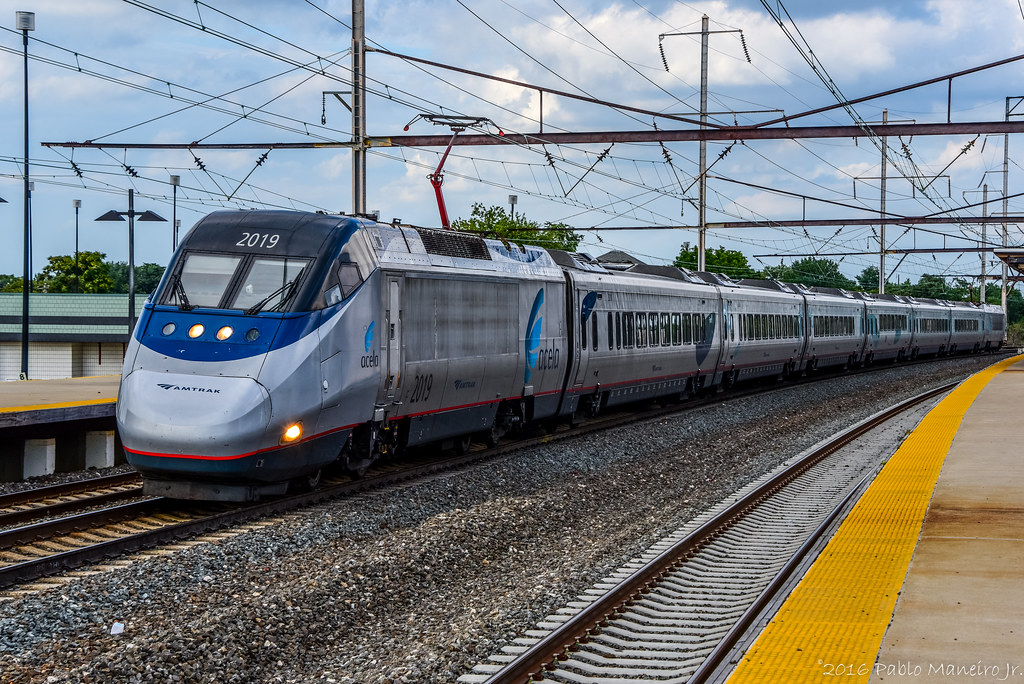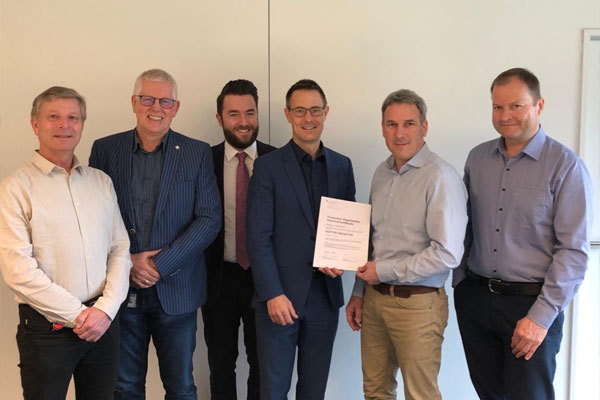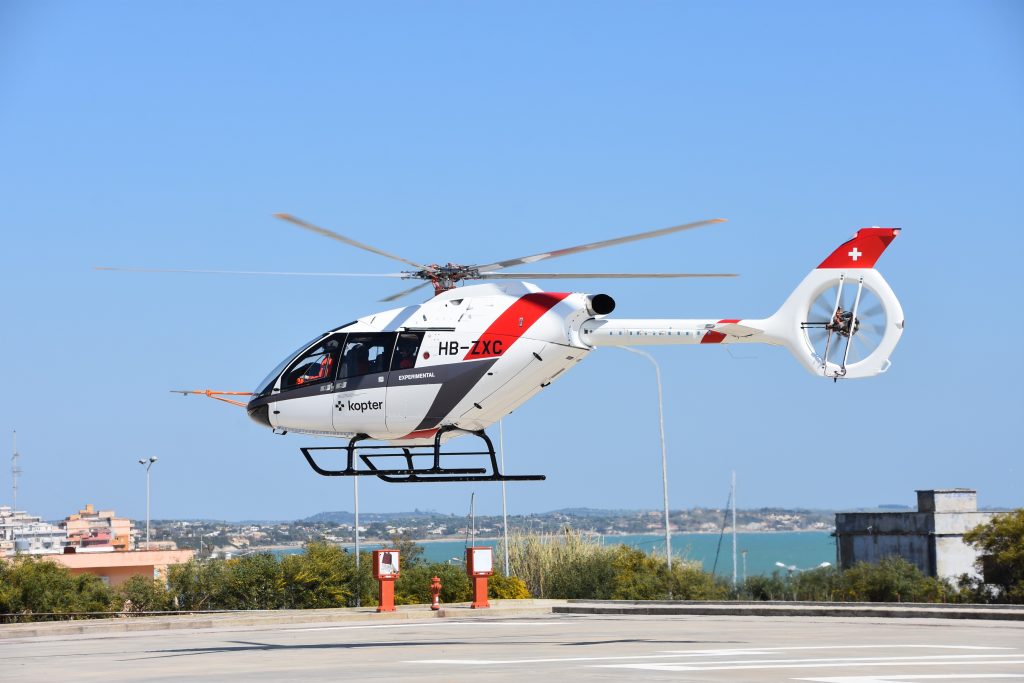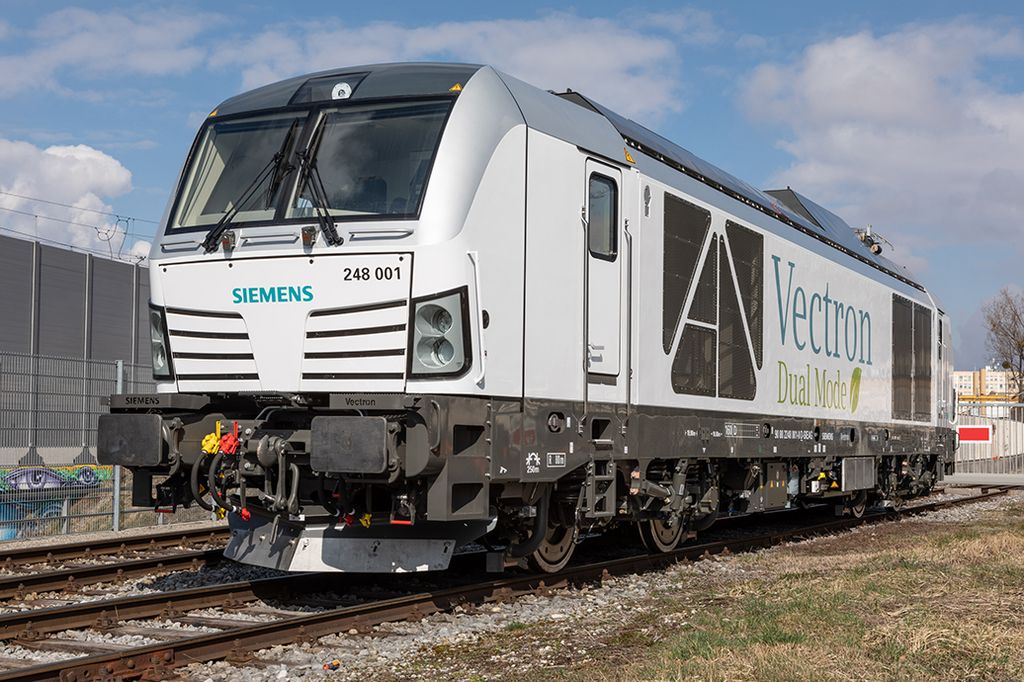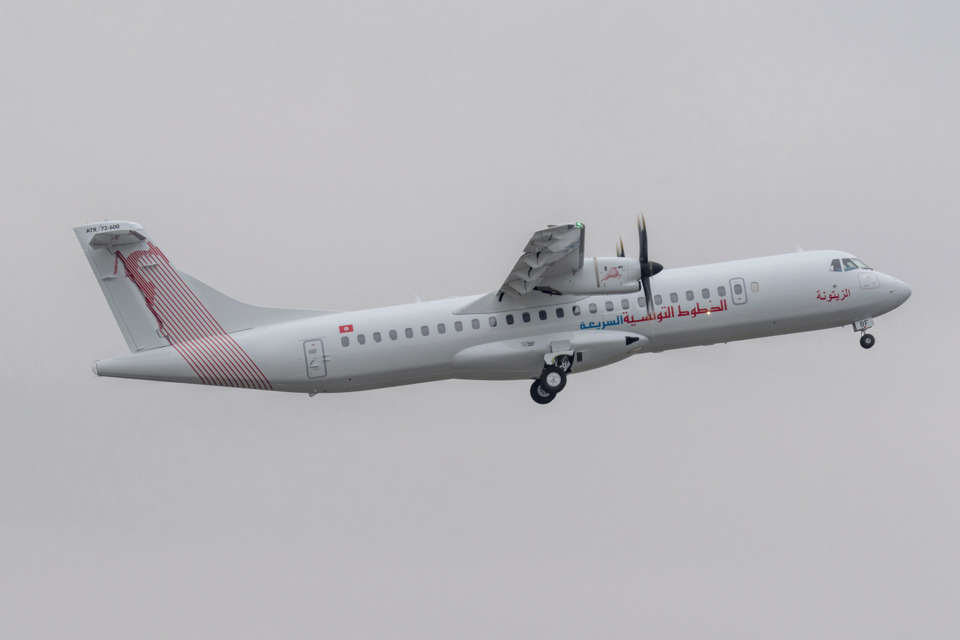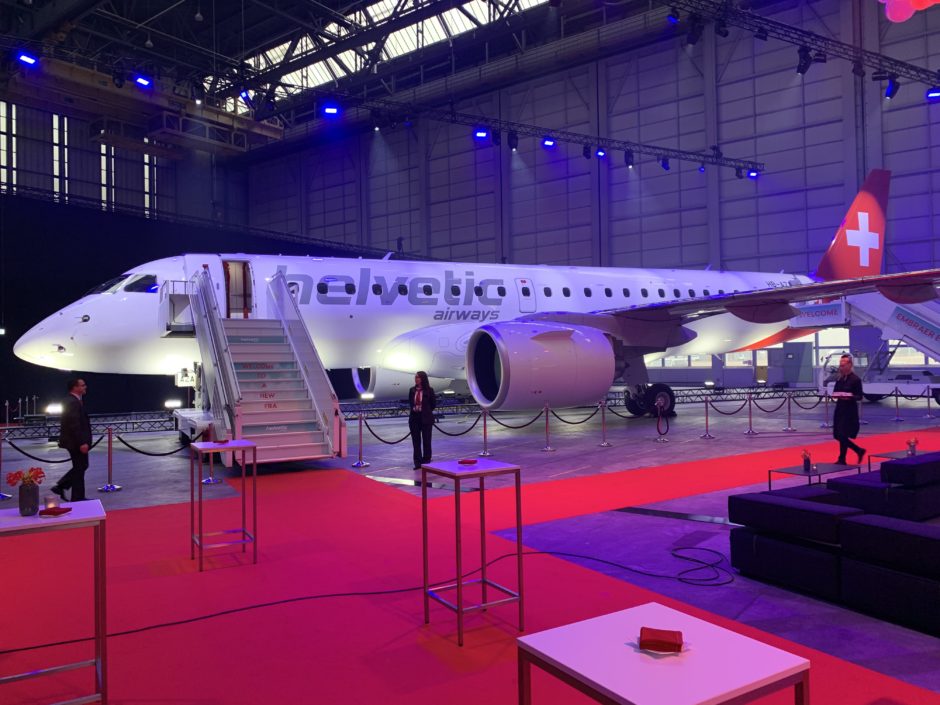- State of Good Repair grant financing will help fund projects in New Jersey and Maryland
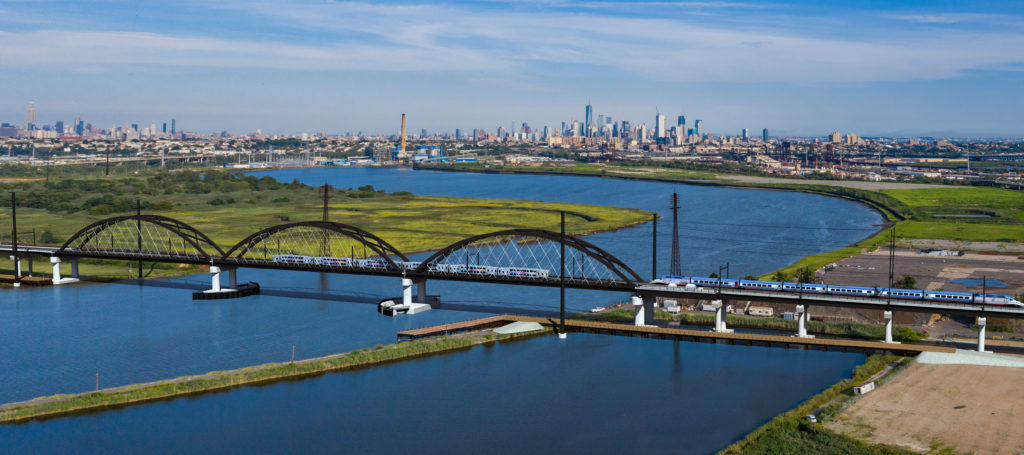
The Federal Railroad Administration (FRA) has awarded two Northeast Corridor (NEC) grants to Amtrak as part of its $302.6 million in the State of Good Repair grants to help repair and rehabilitate railroad infrastructure and other assets across the country for 12 projects in nine states. Totaling more than $63 million, the two grants will help fund the Portal North Bridge Project and the Winans to Bridge Improvement project.
“Improving infrastructure in this country is vital to strengthening the economy and providing a safer, more reliable travel experience as we look towards recovery,” said Amtrak President and CEO Bill Flynn. “We thank the FRA, and our state and NEC partners for their invaluable support in awarding us these grants.”
A total of $55.1 million of the State of Good Repair grant issued by the Federal Railroad Administration was awarded towards the Portal North Bridge Project to replace the century old two-track swing bridge in Kearny, New Jersey with a fixed span. Serving as a critical link for intercity and commuter customers traveling to or from New York City, the current bridge was used by 450 daily trains with passengers making more than 200,000 daily trips on Amtrak’s intercity and New Jersey Transit’s commuter rail services in 2019.
The new bridge is designed as a 2.44-mile modern fixed structure that will eliminate the failures associated with aging infrastructure that causes delays across the NEC. A higher clearance (more than 50 feet above the Hackensack River), will eliminate the need for the bridge to open, allowing for faster operating speeds (from 60 to 90 mph), improved performance and greater reliability for an upgraded customer experience. Early construction of the new bridge began in Fall 2017 and was completed on time and on budget. NJ TRANSIT is seeking a Core Capacity grant from the Federal Transit Administration that would allow major construction to begin as soon as next year.
The Portal North Bridge Project is a key component of the Gateway Program and is identified as a regional priority in the NEC Commission’s five‐year capital plan.
Additionally, as part of a separate project, Amtrak, in partnership with Maryland Department of Transportation, Maryland Transit Administration (MDOT MTA), is also slated to receive $8 million to rehabilitate and upgrade a five‐mile section of track that is part of the Amtrak‐owned NEC mainline near Baltimore.
The project will restore Track A to 90 mph speeds, up from 60 mph, to shorten trip times, improve ride quality, and provide operational flexibility. The work will include upgrades from Winans to Bridge interlockings, replacing timber ties with concrete, installing heavier rail and laying new ballast. Bridge interlocking is located at the north end of West Baltimore Station and Winans is at the south end of Halethorpe Station. These upgrades will enable high‐speed operations on all four tracks on this segment.
The project will also enable service to be maintained while tracks are taken out of service to allow support for construction elements of the B&P Tunnel Replacement project. This work is included in the Northeast Corridor Commission’s five‐year capital plan as a regional priority. To learn more about these and other critical infrastructure projects Amtrak is working on, visit nec.amtrak.com/readytobuild/.
Other grant awards include Amtrak shared joint applications with Connecticut DOT for the WALK Bridge Replacement in Norwalk, Connecticut and Substation 41 Reconstruction in Kearny, NJ as led by NJ TRANSIT as well as other NEC related projects in New York and Pennsylvania. In addition, grants were awarded to various projects in California, Illinois, Michigan and North Carolina that provide benefits to Amtrak and its Long Distance and/or State-Supported customers.
